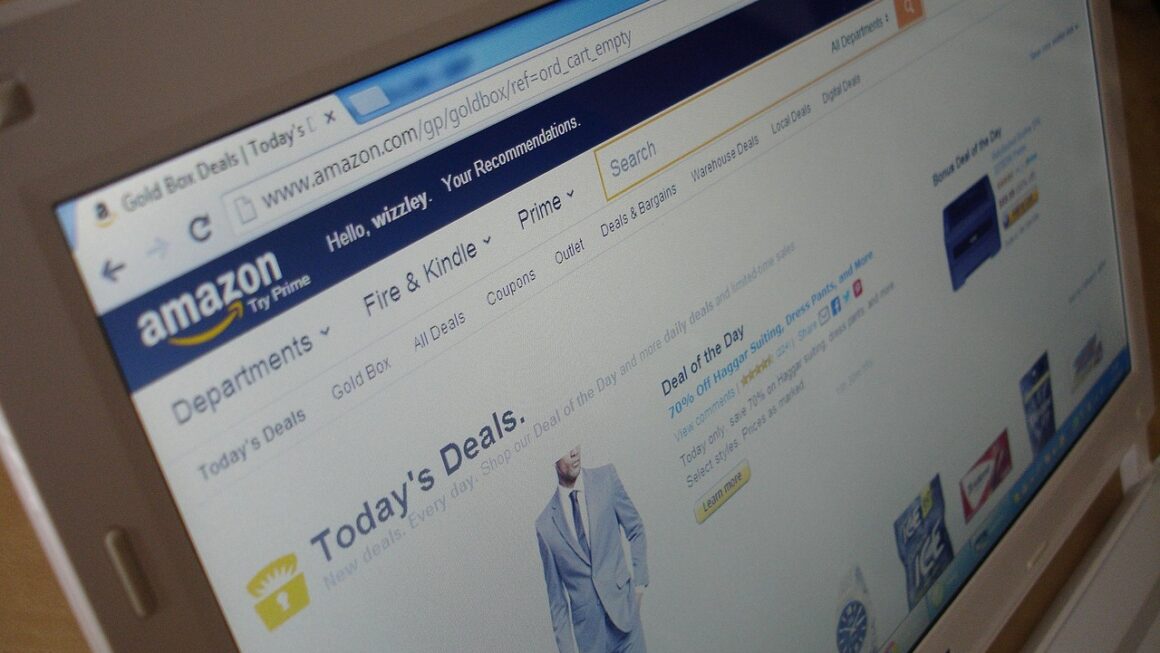Loyalty programs. Who doesn’t love feeling valued and rewarded for their patronage? In today’s competitive marketplace, where consumers have countless choices at their fingertips, building and maintaining customer loyalty is more crucial than ever. But a simple “thank you” isn’t enough. Effective loyalty programs go beyond basic discounts; they foster genuine connections, offer personalized experiences, and ultimately drive repeat business. This post dives deep into the world of loyalty programs, exploring their various facets and offering actionable strategies for crafting a program that resonates with your audience and boosts your bottom line.
Understanding Loyalty Programs
What is a Loyalty Program?
At its core, a loyalty program is a structured marketing strategy designed to encourage customers to continue doing business with a brand. These programs reward repeat purchases, engagement, and advocacy, turning casual customers into loyal advocates. They can take many forms, from simple points-based systems to tiered membership models with exclusive perks.
- Definition: A marketing strategy designed to encourage repeat business and customer retention.
- Goal: To increase customer lifetime value (CLTV) and foster long-term relationships.
- Components: Typically includes a registration process, reward system, and communication strategy.
Benefits of Implementing a Loyalty Program
Implementing a well-designed loyalty program offers a plethora of benefits for your business. Here are just a few:
- Increased Customer Retention: Loyal customers are less likely to switch to competitors. Data suggests that increasing customer retention rates by just 5% can increase profits by 25% to 95% (Source: Bain & Company).
- Higher Customer Lifetime Value: Loyal customers spend more over time.
- Improved Customer Engagement: Programs encourage customers to interact with your brand more frequently.
- Valuable Data Collection: Loyalty programs provide valuable insights into customer behavior and preferences.
- Enhanced Brand Advocacy: Loyal customers are more likely to recommend your brand to others.
- Competitive Advantage: A strong loyalty program can differentiate you from competitors.
Types of Loyalty Programs
Points-Based Programs
This is one of the most common and straightforward types of loyalty programs. Customers earn points for every purchase, and these points can be redeemed for discounts, free products, or other rewards.
- How it Works: Customers earn points per dollar spent, per purchase, or for other actions (e.g., writing a review, referring a friend).
- Example: Starbucks Rewards – Customers earn stars for every purchase and can redeem them for free drinks, food, and other benefits.
- Pros: Easy to understand and implement.
- Cons: Can become generic if not well-differentiated.
Tiered Loyalty Programs
Tiered programs offer different levels of benefits based on a customer’s spending or engagement. The higher the tier, the more exclusive and valuable the rewards.
- How it Works: Customers progress through different tiers based on their accumulated points, spending, or other criteria.
- Example: Marriott Bonvoy – Members earn points and elite night credits, which determine their membership tier (Silver, Gold, Platinum, etc.). Each tier offers increasing levels of benefits, such as room upgrades, bonus points, and lounge access.
- Pros: Incentivizes customers to spend more to unlock higher-tier benefits.
- Cons: Requires careful planning to ensure that the tiers and benefits are attractive and achievable.
Value-Based Loyalty Programs
These programs align with a company’s mission or values, rewarding customers for supporting a cause or participating in ethical practices.
- How it Works: Rewards are tied to actions that support the company’s values, such as donating to charity, using sustainable products, or volunteering.
- Example: TOMS Shoes – While not a traditional points-based program, TOMS’ “One for One” model, where they donate a pair of shoes for every pair purchased, resonates with customers who value social responsibility.
- Pros: Attracts customers who share the same values and builds a stronger brand identity.
- Cons: Requires a genuine commitment to the stated values.
Paid Loyalty Programs
Customers pay a fee to join the program and receive exclusive benefits, such as free shipping, early access to sales, or premium content.
- How it Works: Customers pay a recurring fee (monthly or annually) to gain access to exclusive benefits.
- Example: Amazon Prime – Members pay an annual fee for benefits like free two-day shipping, access to streaming services, and exclusive deals.
- Pros: Generates recurring revenue and creates a highly engaged customer base.
- Cons: Requires a compelling value proposition to justify the membership fee.
Key Elements of a Successful Loyalty Program
Understanding Your Target Audience
The foundation of any successful loyalty program is a deep understanding of your target audience. What motivates them? What are their pain points? What kind of rewards would they value most? Conducting market research, analyzing customer data, and soliciting feedback are crucial steps in this process.
- Actionable Tip: Use surveys, focus groups, and social media listening to gather insights into customer preferences and needs.
Choosing the Right Rewards
The rewards offered in your loyalty program should be relevant, desirable, and aligned with your brand. Consider offering a mix of tangible rewards (discounts, free products) and intangible rewards (exclusive experiences, personalized services).
- Examples of Rewards:
Discounts and coupons
Free products or services
Early access to sales and new products
Exclusive events and experiences
Personalized recommendations and offers
Free shipping
- Actionable Tip: Regularly review and update your rewards based on customer feedback and performance data.
Making it Easy to Join and Use
The easier it is for customers to join and use your loyalty program, the more likely they are to participate. Simplify the registration process, provide clear instructions, and make it easy for customers to track their points and redeem rewards.
- Actionable Tip: Offer multiple enrollment options (online, in-store, mobile app) and provide seamless integration across all channels.
Effective Communication and Promotion
Promote your loyalty program through all available channels (website, email, social media, in-store signage). Clearly communicate the benefits of joining and provide regular updates on new rewards, promotions, and program changes.
- Actionable Tip: Use email marketing, push notifications, and social media to keep customers engaged and informed about your loyalty program. Segment your communications based on customer behavior and preferences.
Measuring the Success of Your Loyalty Program
Key Performance Indicators (KPIs)
Tracking the right KPIs is essential for evaluating the effectiveness of your loyalty program and identifying areas for improvement. Some key metrics to monitor include:
- Customer Retention Rate: The percentage of customers who remain loyal over a specific period.
- Customer Lifetime Value (CLTV): The total revenue generated by a customer over their entire relationship with your brand.
- Program Enrollment Rate: The percentage of customers who sign up for your loyalty program.
- Redemption Rate: The percentage of points or rewards that are redeemed by customers.
- Customer Engagement Metrics: Metrics such as website visits, social media engagement, and email open rates.
- Net Promoter Score (NPS): Measures customer loyalty and willingness to recommend your brand.
Analyzing Data and Making Adjustments
Regularly analyze your loyalty program data to identify trends, patterns, and areas for improvement. Use this information to optimize your program, refine your rewards, and improve the customer experience.
- Actionable Tip: Use A/B testing to experiment with different rewards, program features, and communication strategies.
Conclusion
Loyalty programs are powerful tools for building customer relationships, driving repeat business, and increasing customer lifetime value. By understanding the different types of programs, focusing on key elements like rewards and communication, and continuously measuring and optimizing your program’s performance, you can create a loyalty program that resonates with your audience and drives long-term success for your business. Invest the time and effort to design a truly rewarding experience, and you’ll reap the benefits of a loyal and engaged customer base.




